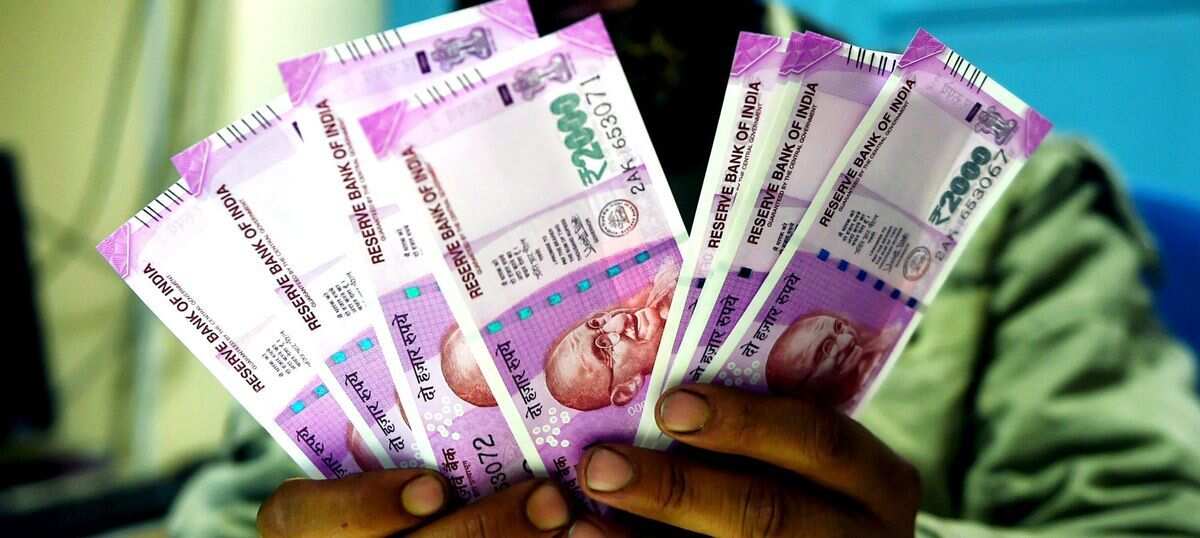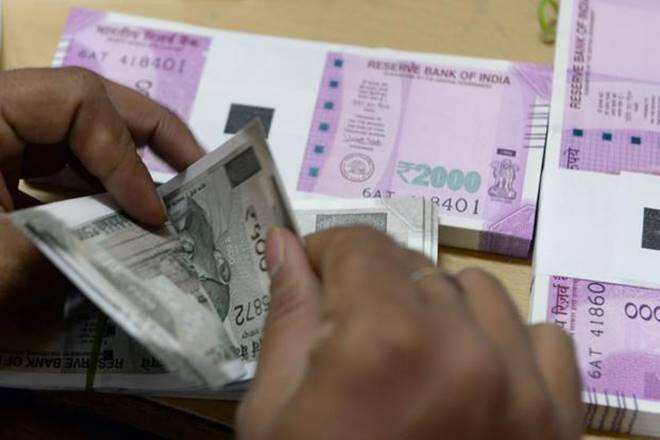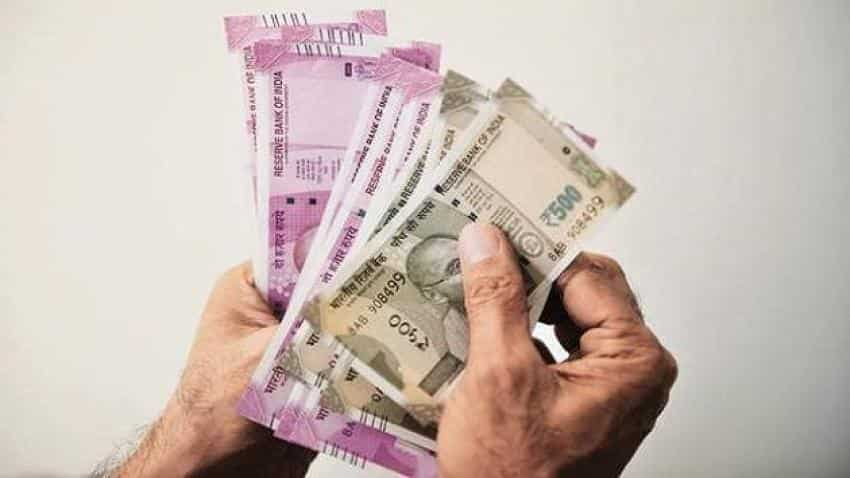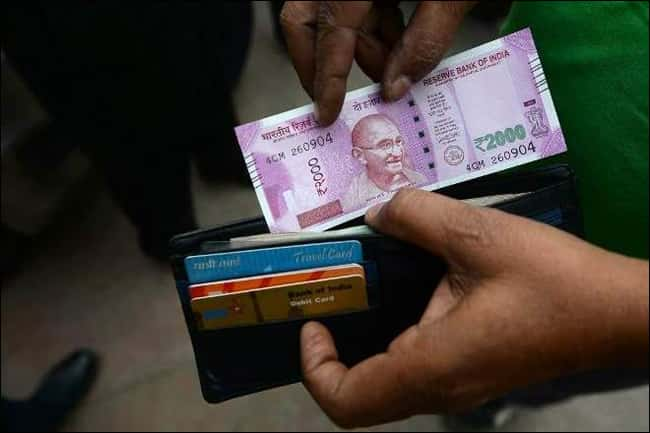How to get rich in India: 5 steps to great returns!
How to get rich in India is everyone's dream. It has been achieved by some people, while a lot of others have lost their shirt in trying to become wealthy. Why? Because the quicker you want to become rich, the more risk you take and the chances of losing money increases that much more. However, if you have some money, invest in this product, spell out whether you want high returns or not and by suitably tweaking your investment as well as tenure from equities to debt and in between too, you can think about reaching your goal suitably fast, but not at breakneck speed. However, you can't sleep on it and have to take some action, if required.

We are talking about earning safely here. Taking on risk, but not turning foolhardy. For that you need the help of professionals. So, the only way to do it is by investing in mutual funds. This investment vehicle is booming as it can give from 1 pct to 26 pct return depending upon the tenure. This investment is even more lucrative now as Sebi revised the slabs for fees which mutual funds can charge customers for asset management. The regulator kept a massive permissible limit of 2.25% for equity schemes, while 2% for other schemes of the total assets under management (AUM).

First of all know that ‘mutual’ fund means that all risks, rewards, gains or losses are shared by all investors in proportion to their contributions. However, know that these returns are not guaranteed. Also, after investing, make sure you do these 5 things to find out if your fund is doing well according per ClearTax.

1. Compare the fund’s performance based on the investment horizon: The rate of return earned by a long-term investment is higher than the one earned by a short-term investment. In the case of short-term investment, the investor does not enjoy the luxury of expecting liquid funds to yield double-digit returns. Historical data indicates equities usually generate a return of around 12 percent but if your existing equity funds are not able to meet this return, it would be a good idea to change strategies.

2. Look for a higher Alpha: Alpha is indicative of the extra returns which a fund delivers over and above the benchmark. It reflects the efficiency of the fund manager’s strategies. A fund is considered to be good if it can generate a higher alpha. Alpha also serves as an important criterion for gauging the fund managers adeptness, therefore, their compensation.

3. Compare the performance with a target rate of return: Having individual financial targets is a requisite every investor must adhere to. Consider a fund which has been a top performer in its category and has outperformed the benchmark, delivering a return of 10% over a period of 7 years. However, your target rate of return is 12%. From this perspective, the fund has grossly underperformed your expectations and you may want to switch to a better fund with higher returns.

4. Compare funds based on rolling returns: Consider a case where you along with your friend invest in the same equity fund. While your friend makes a one-time investment of Rs 10,000, you initiate a monthly SIP of Rs 10,000. Annualized returns are a fair reflection of the performance of a one-time investment. However, to analyze the performance of a SIP you would require much more than just the annualized returns. You may want to consider rolling returns which would accurately reflect how your fund value grew in the course of the time horizon.

5. Keep an eye on the expense ratio: An expense ratio is a fee every fund house charges its investors for managing their portfolio. It is charged on the fund’s assets under management and plays an important role in the quantum of returns that you may earn on the mutual fund investments. Ideally, as the fund house expands and grows bigger in size, it should be able to reduce its expense ratio owing to economies of scale. But if your fund’s expense ratio is increasing continuously then you must check as to why. If the increase in expenses is not compensated by a corresponding increase in returns then you can take it as a cue to be alarmed.




